6. Sunshine (2007)
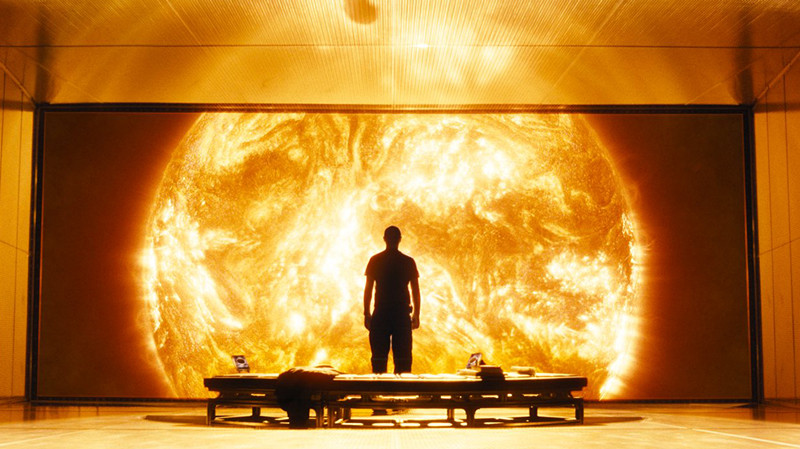
When Danny Boyle arrived in the United States, he took on a chameleon role as a filmmaker, tackling various kinds of projects. Shifting from genre fare to awards darlings, the director was not beholden to any certain style or field. In the middle of a fruitful run for Boyle, he directed an ambitious and thought-provoking sci-fi thriller in 2007, Sunshine. Overlooked upon release, the film has received a strong reconsideration movement from rabid fans, as its inversion of genre expectations hurt the film’s initial reputation.
In this chilling science fiction story heavily inspired by 2001, Solaris, and Alien, a team of international astronauts is sent on a treacherous mission to reignite the Sun, which is on its final breath, with a nuclear fission bomb. With an impressive cast lead by Cillian Murphy, Rose Byrne, Chris Evans, Cliff Curtis, and Michelle Yeoh, Sunshine compartmentalizes the weighty stakes down to character relationships and psychological drama.
The intimacy between the characters helps this seemingly impersonal story feel inseparable from the livelihood of these specific people. There is an inherent pathos within the circumstance of the story. The depiction of space as equally chaotic and ominous has a postmodern sensibility. Boyle’s patience as a director is undermined whenever the plot calls for something more explosive, which noticeably manifests itself in its third act. Even when Sunshine loses focus, the film is a fascinating, moody piece of science fiction that the most prestigious films fail to capture.
7. Downsizing (2017)
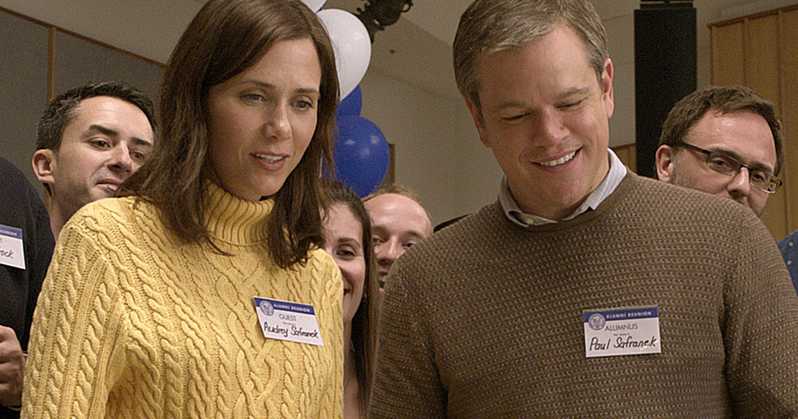
In a left-turn from Alexander Payne, writer-director of dark comedy-dramas, Downsizing was a financial flop and received mixed reviews upon release. A film that was difficult to market and adverse to the sensibilities of mainstream audiences in 2017, Payne’s film stayed true to his preference towards complex and mentally wounded protagonists while shifting over to a fascinating convergence with science fiction. It is a film destined to be reexamined years down the line.
Downsizing centers around a middle-class couple financially scraping by in Omaha who decides to move to an experimental community where people are shrunken down to a near-microscope size. When his wife backs out on the experiment, Paul Safranek (Matt Damon), must adapt to a new life in a downsized world. The film is a mild return to satire that Payne exceptionally delved into with Election, but the heart of Downsizing is in its sobering human relationships that defined Sideways and Nebraska. The writing and direction are refreshingly non-formulaic, as it proceeds in uncharacteristic paths. Many viewers were turned off by the stark tonal shift, but this is how Payne views the world around him.
The science fiction elements blend well with the character drama. The phenomenon of downsizing is an insightful commentary on the world’s contemporary way of life–one that is constantly looking for an escape. It is arguable that Payne is not truly committed to the sci-fi element, as the second half of the film is eager to focus more on the companionship between Paul and the Christoph Waltz and Hong Chau characters. Nevertheless, Downsizing is still a bold cinematic statement that very few filmmakers could have conceived.
8. A Scanner Darkly (2006)
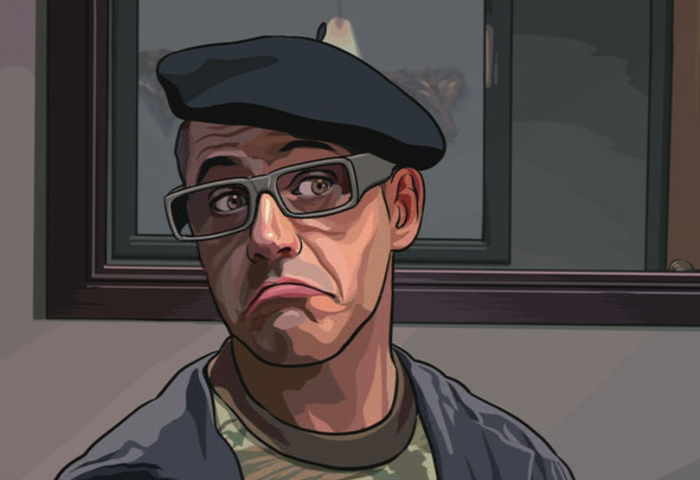
An unlikely candidate to adapt a Philip K. Dick story into a rotoscope animated film, Richard Linklater’s films are overwhelmingly grounded, bordering along the lines of documentary filmmaking. As his career progressed into the 21st century, he was game to experiment with the form. However, the director executed Dick’s weighty story, A Scanner Darkly, with a unique perspective of how a science fiction dystopia affects the livelihood of a culture.
In A Scanner Darkly, an undercover cop, Bob Arctor (Keanu Reeves) in a dystopian not-so-distant future becomes involved with a dangerous new drug and loses his identity as a result. The film, which uses rotoscope technology, where actors are filmed and subsequently animated over, is visually daring. The effects of the technology are awe-inspiring and have not aged over a year. They help immerse viewers into the sci-fi world, and it captures the hazy sensation of this dystopian world–like one is watching something otherworldly. Linklater carries over the lovable stoner characters of his previous work and fascinatingly dissects how these perceived “burnouts” operate in this world.
Linklater discovers the human element of the story to best capture the emotive core of the text. Robert Downey Jr. gives the kind of great performance that the film world craves from him. The peculiar sense of humor that permeates A Scanner Darkly is surprisingly in-tune with Dick’s story. Considering how bleak the film’s outlook on the world is, this is an incredible feat. The creative versatility of the science fiction genre is exploited proficiently by Linklater.
9. Invasion of the Body Snatchers (1956)
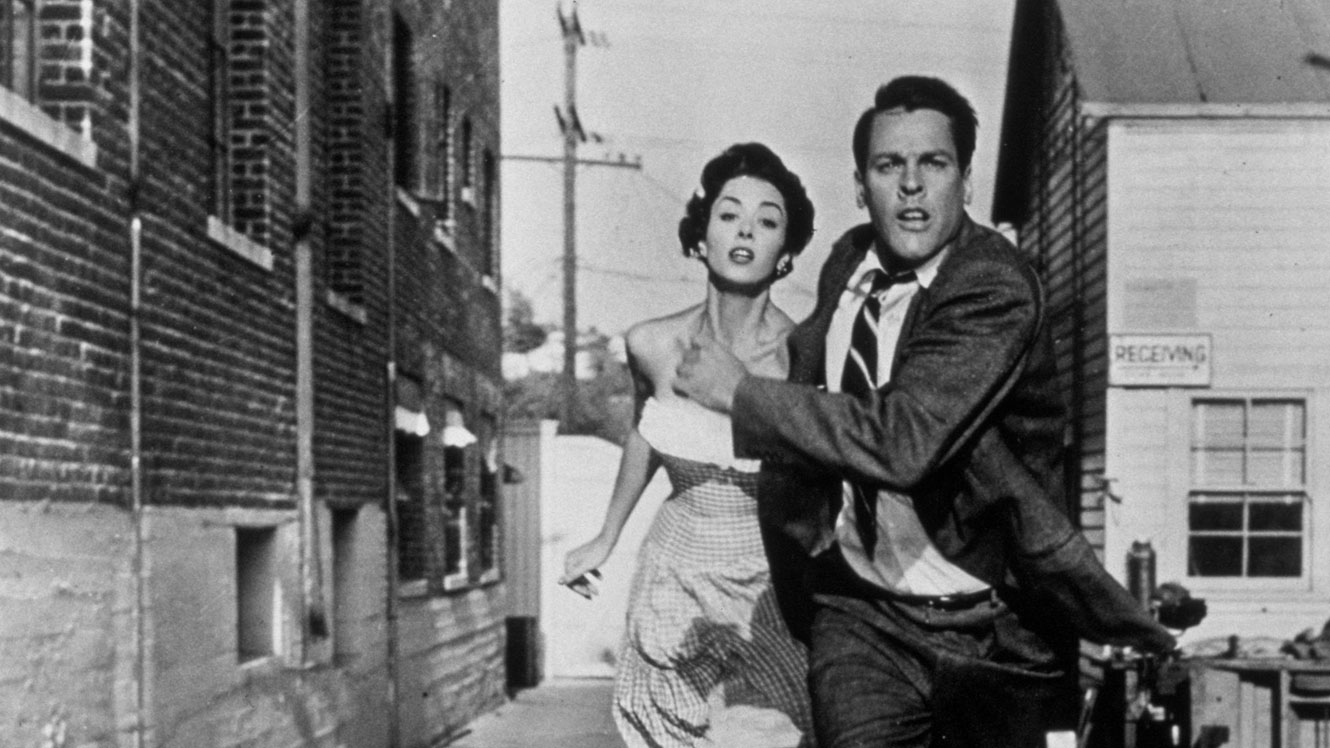
Having been remade since its release, the original Invasions of the Body Snatchers in 1956 is science fiction at its most realized. The film by Don Siegel contextualized the greater purpose of the genre beyond the special effects, creatures, and otherworldly universe. The iconography surrounding sci-fi can be traced back to this classic, but many general audiences have yet to be informed of the excellence of the film.
Based on the novel The Body Snatchers by Jack Finney, this adaptation focuses on an alien invasion in a small town in California that sees emotionless extraterrestrials replacing humans. This invasion is discovered by Dr. Miles Bennell (Kevin McCarthy). Siegel is one of the great genre directors of his generation. His film evokes the same thrills as his future classic Dirty Harry. The slick direction of the sci-fi and horror sequences makes the film feel timeless.
Invasions of the Body Snatchers relishes in the grimy, B-movie quality of the text. Because of this, the film is complemented by a strong sense of artistic assurance. The idea of a small town being thwarted by a galactic crisis is a palatable device for basic storytelling. Siegel’s dedication to crafting the best piece of genre filmmaking allows the film to welcome audience interpretation of the text–relating to McCarthyism or the suppressed fears of 1950s suburban Americana. Invasions of the Body Snatchers is textbook science-fiction, as it speaks to a greater issue in contemporary culture, but never loses focus of its origins as an alien invasion picture.
10. THX 1138 (1971)
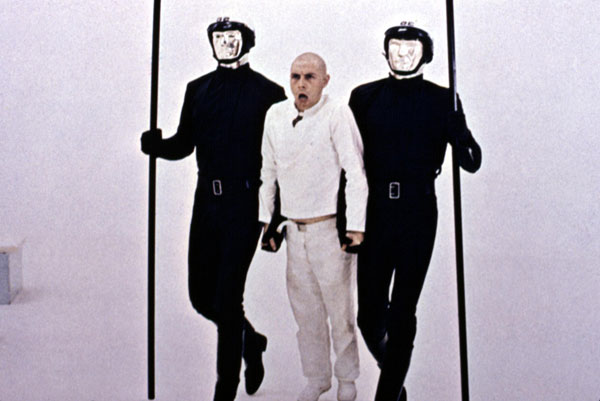
George Lucas defined populist/blockbuster cinema. His name and likeness epitomized the expansion of films beyond the big screen and integrated into spin-offs, theme parks, and merchandising. His film in 1971, THX 1138, was not going to inspire any sales of replica lightsabers. Even in a time where downbeat character studies and bleak examinations of America were prosperous at the box office, THX 1138 was dead on arrival financially and critically. While Star Wars remains the pinnacle of populous science fiction, Lucas’ directorial debut explores the genre in provocative and contemplative ways in the spirit of his New Hollywood companions.
Set in a dystopian future, the film is about a world where the populace is controlled by an android police force and mandatory use of drugs to suppress emotions. Two residents, THX 1138 (Robert Duvall) and LUH 3417 (Maggie McOmie) grow apprehensive of their imprisoned state of life and rebel. Understandably, for most viewers at the time, THX 1138 is aggressively inaccessible. It seems to exist in an insular universe trapped inside the mind of Lucas. The influence of George Orwell and 2001: A Space Odyssey is quite evident.
While these allusions run slightly tiresome, the film manages to convey its themes concerning this dystopian society that is slowly mirroring the real world freshly enough. Without a doubt, the universe created by Lucas is fully realized and magnetic to the eye. From the opening moments alone, Lucas’ abilities as a visual storyteller are impeccable. It’s reasonable to conclude that the director is far more interested in the formalism of the story and his advancement with visual technology rather than the Orwellian text at hand. Either way, THX 1138 is an inventive film–the kind that cinephiles would love for Lucas to take a crack at again in his current period of creative hibernation.